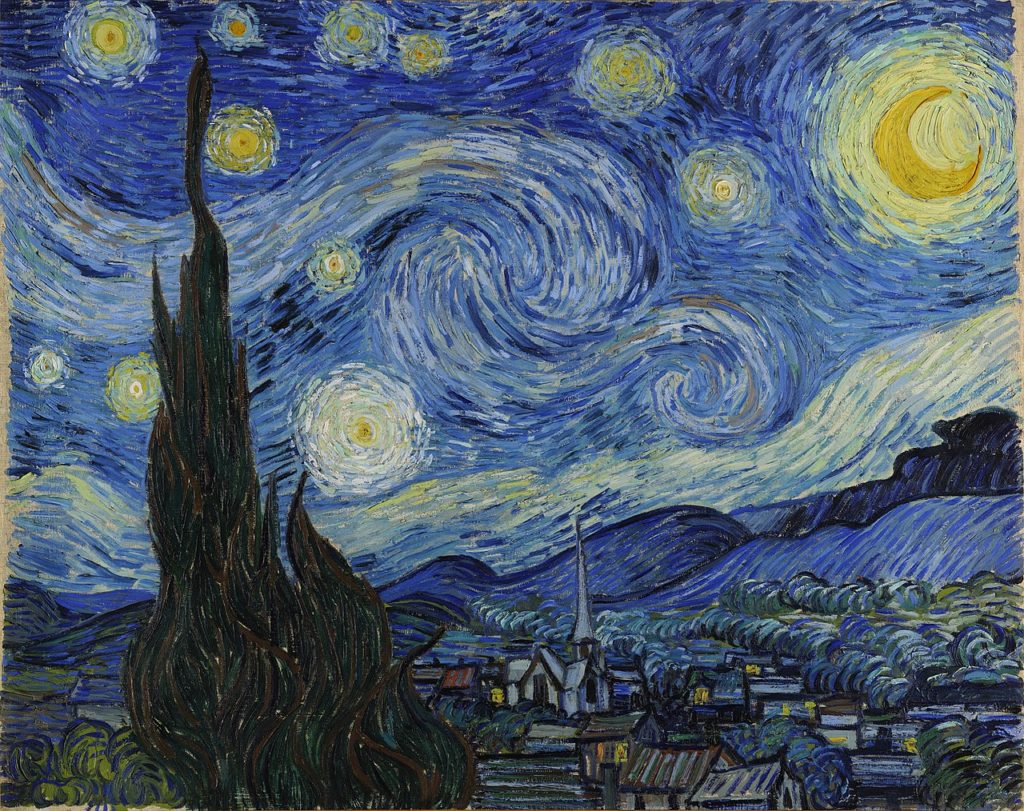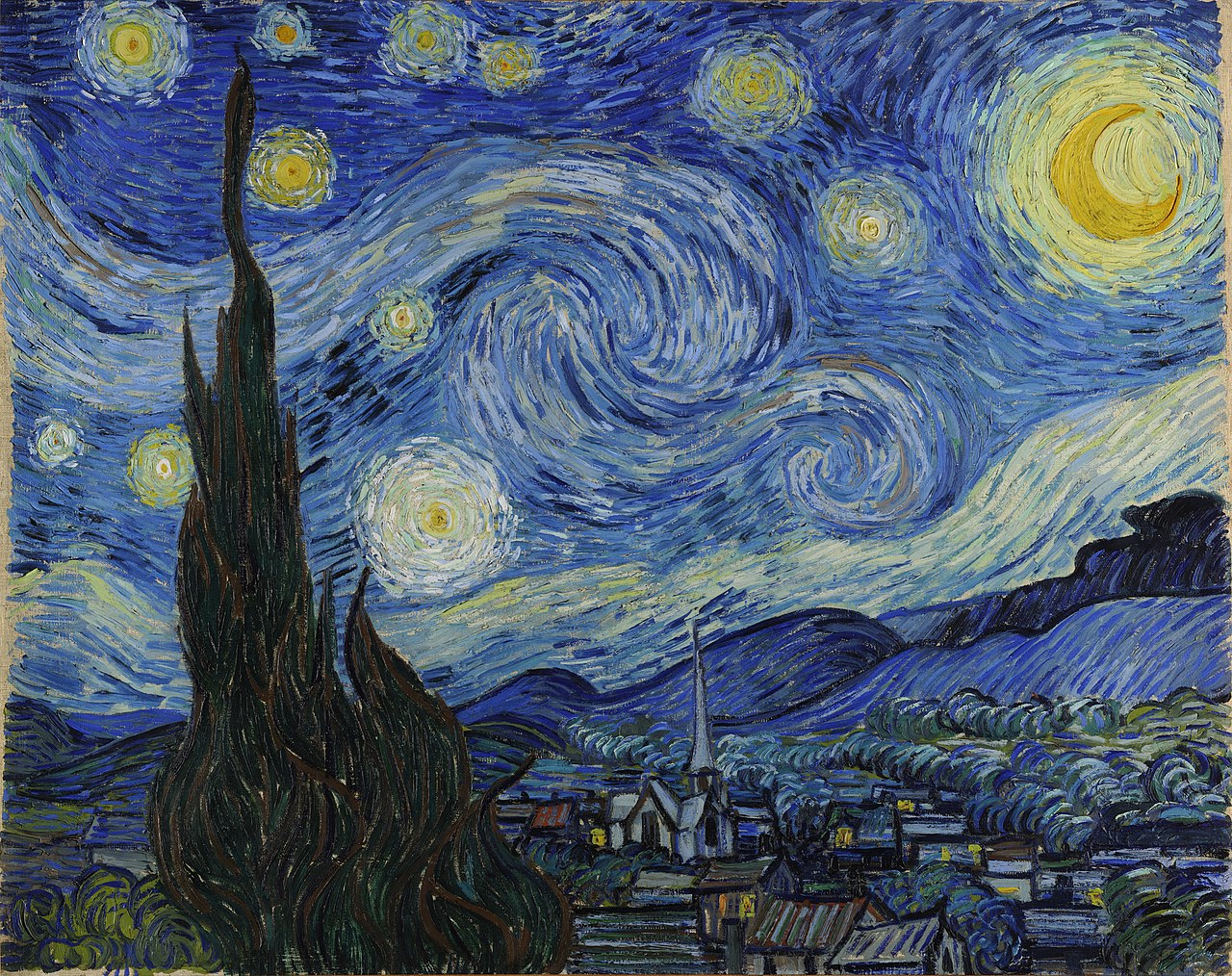
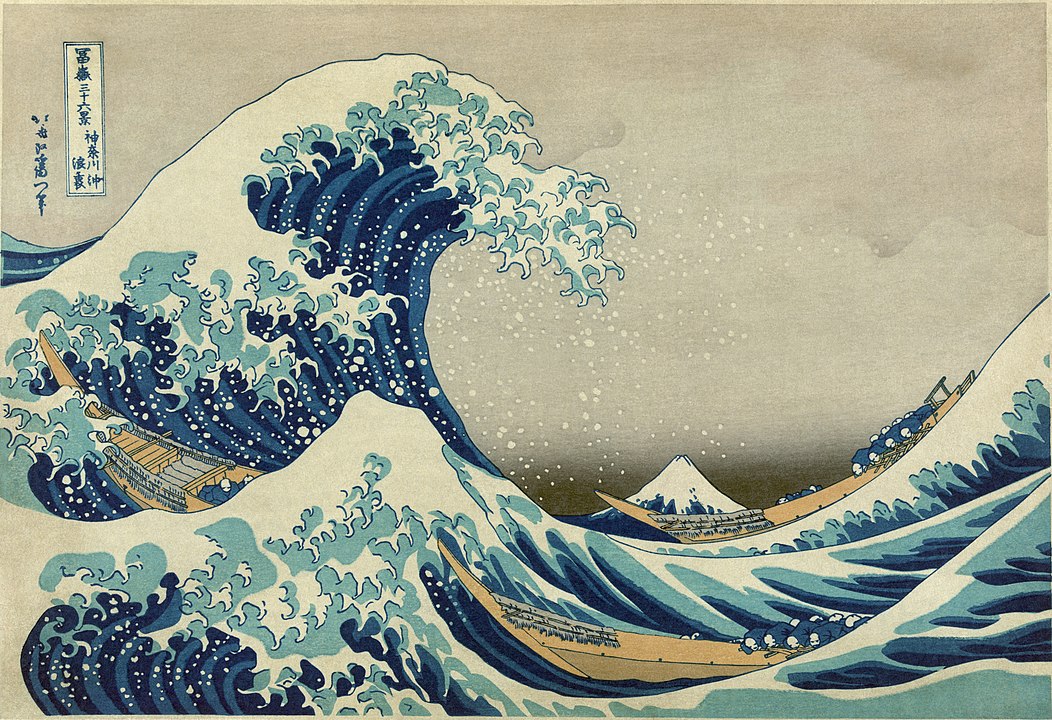
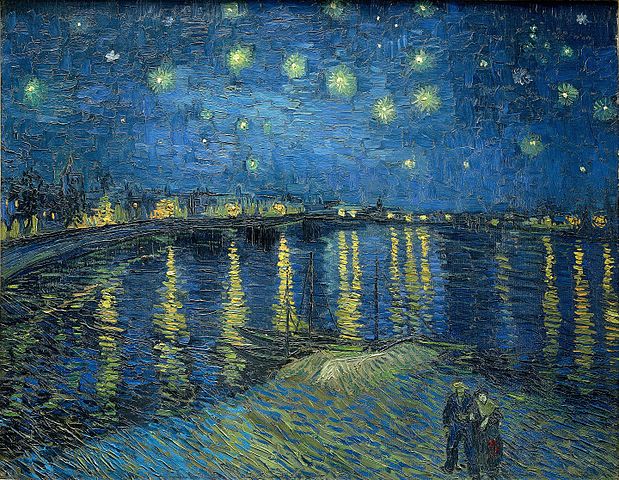
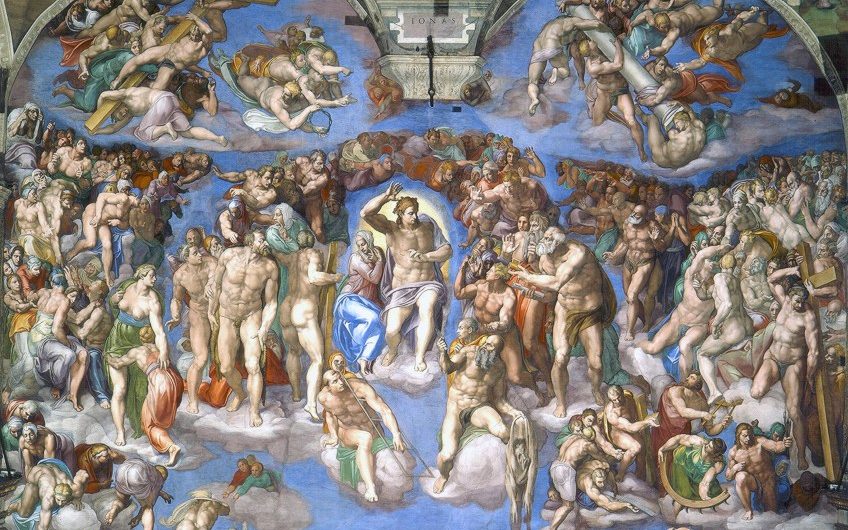
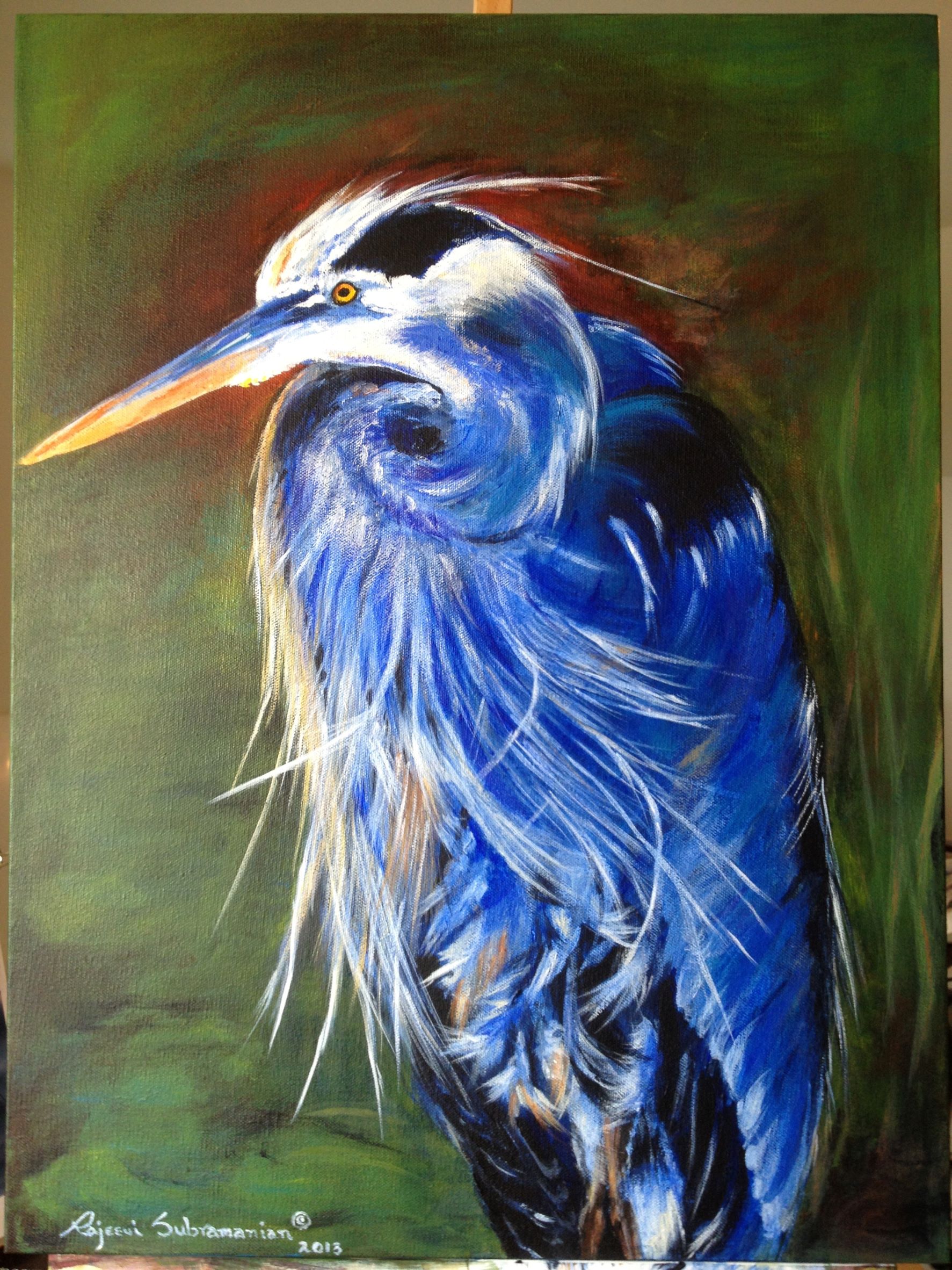

You may be familiar with MS Blue, the distinctive shade of blue, named for the legendary Carnatic vocalist M.S. Subbalakshmi, but now “Mas Blue,” is all set to wow the world of art.
“Mas” comes from the initials of Prof. M.A. Subramanian, the material scientist from Madras, the inventor of the vivid blue pigment known to the wider world as YInMn blue, (pronounced yin-min). “Mas,” in Spanish, means more. YInMn blue is bluer, and for very specific reasons, better compared to any blue pigment humankind has seen before.
Modern computers can display a slew of colors and creative humans have always dreamt up unique hues, but to transform any color, digital or imagined, into something real – something you can paint a wall with or dye a silk sari with, say – you need a pigment, and making a pigment calls for considerable ingenuity (or a very good understanding of chemistry) and, yes, luck. Which is why the invention of the pigment YInMn blue is such a big deal.
“People have been looking for a good, durable blue pigment for a couple of centuries now,” says the academic, who earned his PhD from IIT, Madras. He recalls writing the first chapter of his doctoral thesis sitting on the grounds of Ashtalakshmi Temple in Besant Nagar, close to the institute’s campus. Nearly all his formal education was from places within a few mile-radius of his home in Mambalam in the heart of Chennai. Subramanian moved to Texas for his postdoctoral education. After a distinguished career for over two decades at DuPont, the American chemical giant, where he discovered several functional materials that mostly found use in electronics or energy conversion, he now teaches chemistry in Oregon State University.
In 2009, a graduate student in Subramanian’s research team at Oregon University, pulverized a mixture of the oxides of yttrium, indium, and manganese, and baked the mixture, to try and create another material for use in high-tech electronics. When they opened the oven door the next day, a dazzling blue powder greeted them. His first thought Subramanian says, was an uncharitable one, “perhaps, the student has made some mistake.” But he recalled colleagues at DuPont saying that blue pigments are hard to make.
So, the researchers repeated the experiment and tested the material. It was non-toxic and stable. Besides, it was resistant to heat and impervious to water, oil, and acids. Further, the material didn’t fade in sunlight and could block solar heat efficiently. So, it was an excellent candidate for use in outdoor paints and industrial coatings. But it was not going to be inexpensive, given the components. It has appeal in art too because of its aesthetics.
The reason YInMn blue is special is because, this blue is very similar to the ultramarine blue used by Michelangelo in the Sistine Chapel, says Subramanian. For the “Last Judgement” the sculptor-painter used this very bright and beautiful blue to depict the heavenly skies. During the Middle Ages, the pigment was made from lapis lazuli, literally blue rocks, from the Hindu Kush mountains. It came from beyond the sea – hence the term ultramarine.
Even though ultramarine pigment was expensive – literally worth its weight in gold – Michelangelo insisted on using this pigment for the fresco on the altar wall, The Last Judgement, which was unveiled in 1541. When Michelangelo had painted on the ceiling of Sistine Chapel, he had accepted a flat rate for labor and paint. This time someone else was paying and it is human nature to insist on the best possible material, when someone else — especially in this case when someone who is opulently rich — is footing the bill.
These days, Subramanian speaks knowledgably of the work of Renaissance masters but before the invention of YInMn blue, he did not like visiting art museums. In fact, he says he used to grumble when he had to accompany his wife, Rajeevi Subramanian, artist and material scientist, to Louvre (France), Prada (Spain) and Guggenheim (U.S.A) to look at the work of the Old Masters. Now those paintings, especially the ones that feature blue pigments, speak to him. And over the last decade, Subramanian has been an invited speaker at top art museums the world over.
Synthetic blue pigments have a rich and interesting history. The early 18th century saw the discovery of the first modern synthetic blue pigment, Prussian blue, also known as Berlin Blue. Under the Wave off Kanagawa, one of Hokusai’s Thirty-Six Views of Mount Fuji, has been an icon of Japan since the print was first struck in 1830. Its intense blue comes from Prussian Blue ink – a foreign pigment, imported, probably via China, from Europe.
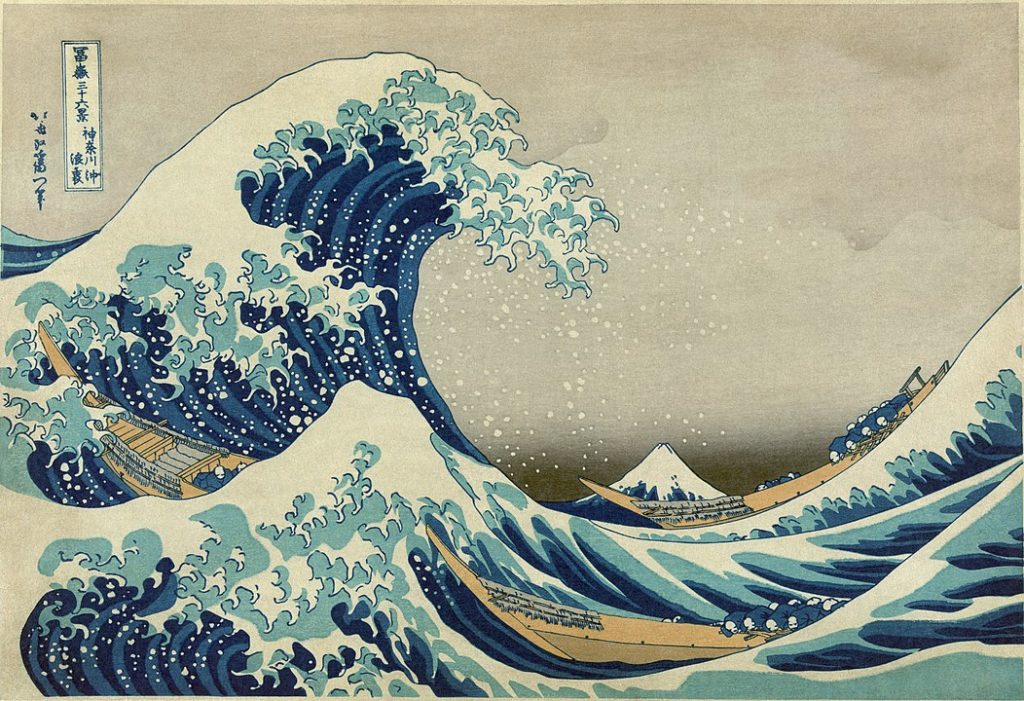
In the next century, another pigment, Cobalt blue made its appearance on the scene. Van Gogh’s “Starry Night,” for instance, makes stunning use of Cobalt blue. Synthetic ultramarine came soon after – we still use a form of ultramarine to make our white clothes appear whiter – but its manufacture is not green, in that it pollutes the environment. These pigments, which could be manufactured in bulk, were just shades of blue, before the old masters painted with them.
